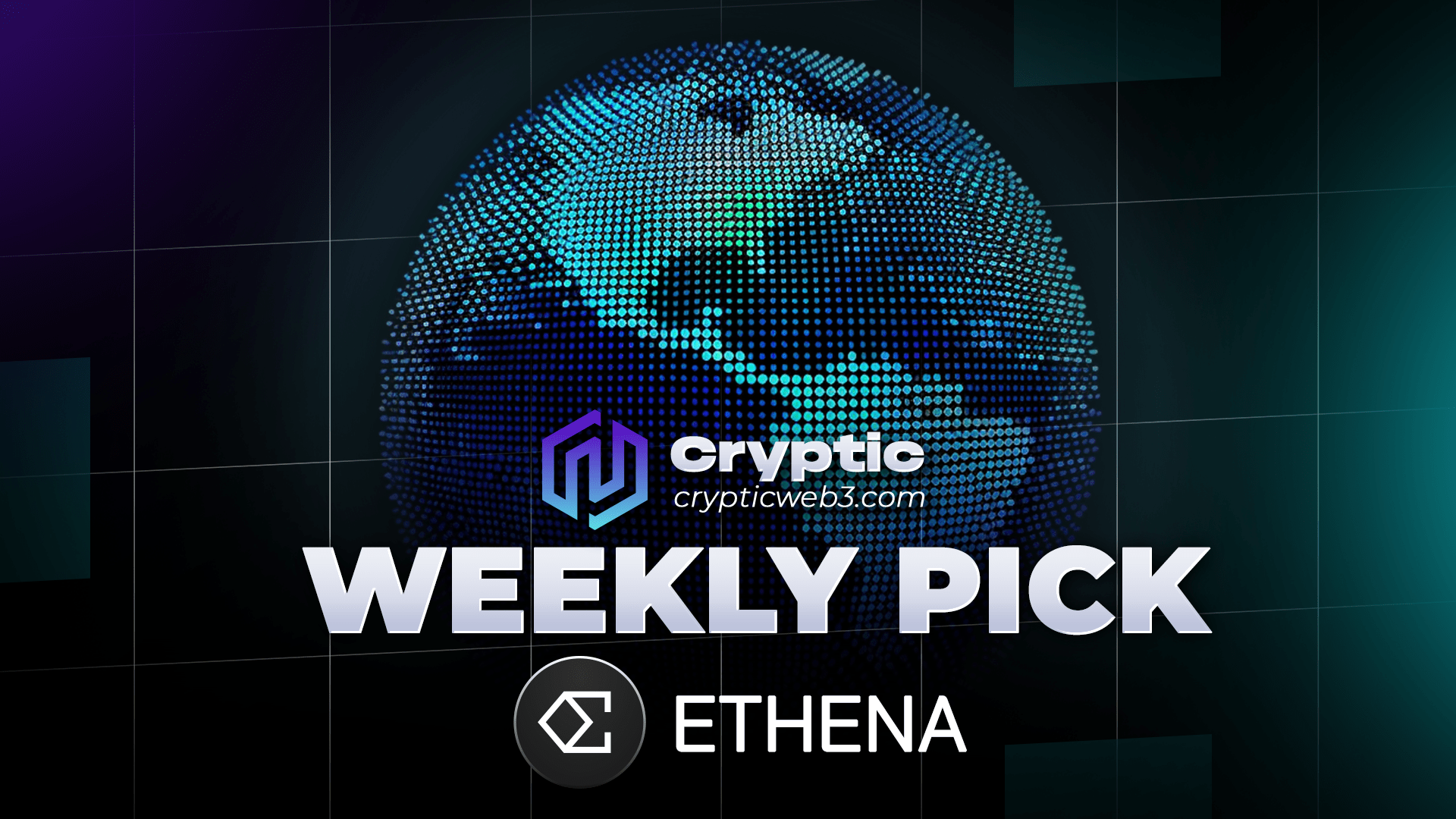
Ethena is a synthetic dollar protocol built on Ethereum that provides a crypto-native solution for money not reliant on traditional banking system infrastructure, alongside a globally accessible dollar denominated instrument – the ‘Internet Bond’.

USDe and Asset Backing Mechanism
USDe, the stablecoin of Ethena, is designed to provide a stablecoin solution that is stable and not controlled by central authorities. USDe is backed by Ethereum tokens through a process called delta-hedging.
Delta-hedging is a risk management strategy in derivative finance, helping to balance the position of the collateral asset to minimize price volatility risk. In this case, Ethereum is used as the collateral asset, and USDe maintains its stable value through continuously adjusting the delta position.
Internet Bond
The Internet Bond is a type of digital bond operating on the Ethereum blockchain platform. The Internet Bond helps USDe maintain a stable price by staking Ethereum and using a two-way hedging strategy to keep the price at $1.
To maintain the peg for USDe, Ethena Labs executes hedging by establishing offsetting positions in the derivatives market or through other financial instruments.
For example, if users stake Ethereum to obtain USDe, Ethena will also open a ‘short’ position on Ethereum with equivalent value. This means they are betting on the price of Ethereum decreasing.
If the price of Ethereum rises, the value of the collateral asset (Ethereum) used to secure USDe increases, but the loss from the short position will offset this price increase. Conversely, if the price of Ethereum decreases, the loss from the decrease in Ethereum’s price will be offset by the profit from the short position.
In this way, any price fluctuations of Ethereum will be balanced by the profit or loss from the hedging position, helping to maintain a stable value for USDe relative to USD. This condition allows USDe to maintain its pegged value, independent of market fluctuations.
What problem does USDe solve?
Centralized stablecoins like USDC and USDT rely on collateral assets managed by financial institutions and banks. This creates inherent risks associated with asset management and regulatory control. USDe addresses this issue by not relying on collateral assets within the traditional banking system.
Stablecoins backed by overcollateralization and algorithmic stablecoins face difficulties in scaling and maintaining stability. USDe addresses this issue by applying a new model, utilizing derivatives on Ethereum that are staked, helping to enhance scalability and stability without relying on traditional collateral assets or complex algorithmic mechanisms.
USDe aims to generate economic profit from using the derivative structure on Ethereum, distributing profits to ecosystem members. This differs from the model of other stablecoins, where profits are typically internalized by the issuer without sharing with users. The project aims to minimize reliance on trust in centralized entities and enhance decentralization by using decentralized infrastructure for collateral asset maintenance and management.
The USDe Minting Mechanism
Users deposit Liquid Staking Tokens (such as stETH, rETH) into the Ethena protocol to receive USDe. These tokens represent Ethereum that has been staked.
When creating (minting) or redeeming USDe, users will incur slippage fees and transaction execution costs. These fees are included in the total transaction cost.
After receiving LST from users, Ethena Labs proceeds to open a short order on derivative exchanges. This order does not use leverage and has a value equivalent to the assets deposited into the protocol by users. The purpose of this is to hedge the price risk associated with the deposited assets.
How USDe Generates Profit
USDe earns profits through the following methods:
1 — Staking Ethereum: Users earn profits from staking Ethereum, including inflationary rewards from the Consensus Layer, fees from the Execution Layer, and MEV (Miner Extractable Value) capture. These profits are paid and calculated in ETH.
2 — Funding and Basis Spread from Hedging Delta Positions in Derivative Trading: When USDe is created, Ethena Labs opens short positions to hedge the delta of the received assets. Due to the imbalance between supply and demand for exposure to assets, there is often a positive interest rate and basis spread, one of the fees being the funding rate.
How USDe Prevents Slippage:
1 — USDe maintains its value equal to USD by automatically executing delta-neutral hedges through smart contracts for collateral assets. This ensures the stable USD value of collateral assets in all market conditions.
2 — Cross Market Arbitrage: Users can capitalize on the price difference of USDe between Ethena Labs and different markets to make profits. When USDe is bought or sold at a price different from 1 USD, users can execute buy or sell trades to bring USDe back to the $1 price, thereby helping to maintain the pegged value.
conclusion
USDe, the stablecoin of Ethena, provides a solution to the limitations and risks associated with traditional stablecoins and centralized financial systems. By leveraging Ethereum tokens through delta-hedging and utilizing the Internet Bond to maintain a stable value, USDe offers a decentralized and reliable stablecoin alternative.
The innovative minting mechanism, profit generation, and slippage prevention methods of USDe contribute to its stability and sustainability, ensuring that users can transact with confidence and security. Additionally, its focus on profit-sharing and decentralization sets it apart from other stablecoins, offering a more inclusive and transparent system for users.
Overall, USDe and the Ethena protocol represent a promising evolution in the stablecoin space, providing a pathway towards a more resilient and decentralized financial ecosystem.


Leave a Reply